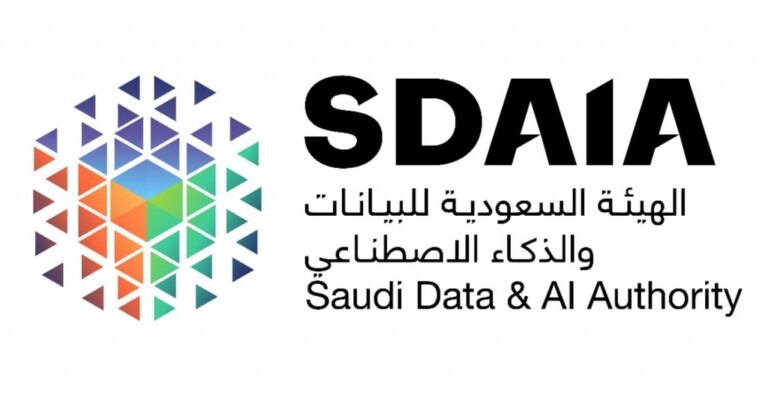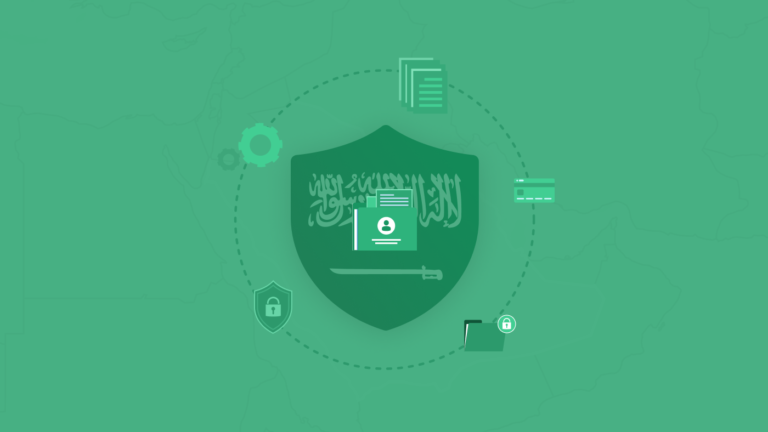In the rapidly evolving landscape of Artificial Intelligence (AI), ensuring responsible and ethical management of AI systems is more critical than ever. As organizations increasingly integrate AI into their operations, the need for a robust framework to guide the development, deployment, and governance of these technologies becomes paramount. ISO 42001 offers a comprehensive standard for AI management systems (AIMS), addressing key aspects such as governance, risk management, and operational requirements. This guide provides an in-depth look at ISO 42001, outlining its structure and offering practical steps for organizations to achieve compliance. By adhering to this standard, businesses can not only enhance their operational efficiency and risk management but also build trust and credibility in the marketplace.
1. Introduction
Artificial Intelligence (AI) is transforming industries, offering innovative solutions and driving efficiencies. According to ISO 22989, AI is defined as the research and development of mechanisms and applications of AI systems. More specifically, AI can be described as:
- A branch of computer science devoted to developing data processing systems that perform functions normally associated with human intelligence, such as reasoning, learning, and self-improvement.
- The capability of a device to perform functions that are normally associated with human intelligence, such as reasoning, learning, and self-improvement (ANSI INCITS 172-220 (R2007)).
However, with great power comes great responsibility. Ensuring that AI technologies are managed responsibly and ethically is crucial, and ISO 42001 provides a comprehensive framework for achieving this. This blog post delves into the structure of ISO 42001, outlining its key components and explaining how organizations can achieve compliance.
2. Understanding ISO 42001: AI Management Systems
Definition of AI
Artificial Intelligence (AI) refers to the simulation of human intelligence in machines that are programmed to think and learn like humans. These systems can perform tasks such as speech recognition, decision-making, and visual perception, which typically require human intelligence.
Overview of ISO 42001
ISO 42001 is an international standard that provides a framework for an AI management system (AIMS). It addresses the governance, risk management, and operational requirements necessary for the development, deployment, and use of AI technologies. The standard ensures that AI systems are used responsibly and ethically, aligning with organizational objectives and regulatory requirements.
Key Concepts of ISO 42001
- Context of the Organization: Understanding internal and external factors that affect AI management.
- Leadership: Responsibilities of top management in committing to the AI management system.
- Planning: Setting AI objectives and addressing associated risks and opportunities.
- Support: Necessary resources, competence, awareness, communication, and documentation.
- Operation: Day-to-day management and control of AI operations.
- Performance Evaluation: Monitoring, measurement, analysis, and evaluation of AI system performance.
- Improvement: Identifying opportunities for improvement and implementing corrective actions.
3. What are Management Systems?
A management system is a set of policies, processes, and procedures used by an organization to ensure that it can fulfill the tasks required to achieve its objectives. These systems are essential for maintaining consistency, quality, and compliance across various functions within an organization. Examples of well-known management systems include:
Quality Management System (QMS): ISO 9001
Information Security Management System (ISMS): ISO 27001
Environmental Management System (EMS): ISO 14001
4. How ISO 42001 Relates to Other Management Systems
ISO 42001 is designed to be compatible with other ISO management system standards, facilitating integrated implementation. The table below aligns key requirements of ISO 42001 with those of QMS (ISO 9001), ISMS (ISO 27001), and other standards.
5. Integrated Management Systems
An Integrated Management System (IMS) combines multiple ISO standards into a unified framework, allowing organizations to streamline processes, reduce duplication, and improve overall efficiency. Key benefits of an IMS include:
Consistency: Harmonized processes and documentation across various management systems.
Efficiency: Reduced administrative burden and optimized resource utilization.
Improved Risk Management: Comprehensive risk management approach covering multiple aspects (e.g., quality, security, environment).
Enhanced Compliance: Easier to maintain compliance with multiple standards simultaneously.
6. Benefits of Complying with ISO 42001
Achieving ISO 42001 compliance offers numerous benefits:
Enhanced Trust and Credibility: Demonstrating a commitment to ethical AI practices builds trust with customers, partners, and regulators.
Improved Risk Management: Structured risk management frameworks help anticipate and mitigate AI-related risks.
Operational Efficiency: Ensures that AI systems are deployed effectively, optimizing operational efficiency.
Competitive Advantage: Differentiates organizations in the marketplace, showcasing their commitment to responsible AI use.
7. Steps to Achieve ISO 42001 Compliance
Here are the steps to help your organization achieve ISO 42001 compliance:
Conduct a Gap Analysis: Assess your current AI management practices against ISO 42001 requirements to identify gaps.
Develop an AI Management Policy: Create a comprehensive policy that outlines your approach to AI governance, risk management, and compliance.
Implement Necessary Controls and Processes: Establish controls and processes to address identified gaps and ensure compliance.
Training and Awareness Programs: Conduct training programs to ensure all employees understand their roles and responsibilities in maintaining compliance.
Regular Audits and Reviews: Establish a schedule for regular audits and reviews to ensure ongoing compliance and continuous improvement.
8. Challenges in Implementing ISO 42001
Implementing ISO 42001 can present several challenges:
Complexity of Requirements: The comprehensive nature of the standard can make implementation complex. Breaking down the requirements into manageable steps can help.
Organizational Resistance: Gaining buy-in from all levels of the organization is essential. Leadership commitment and a culture that values ethical AI are critical.
Resource Allocation: Ensuring sufficient resources—both in terms of time and personnel—are dedicated to achieving and maintaining compliance.
9. Role of GRC360 in ISO 42001 Compliance
At GRC360, we specialize in helping organizations navigate the complexities of ISO 42001 compliance. Our team of experts offers tailored consultancy services, guiding you through each step of the compliance journey. From conducting gap analyses to developing comprehensive AI management policies, we provide the expertise and support needed to achieve ISO 42001 compliance. Our success stories and case studies demonstrate our capability to deliver results, ensuring your organization can confidently manage its AI systems.
10. Conclusion
ISO 42001 compliance is crucial for any organization utilizing AI. It ensures ethical and responsible AI use, builds trust, and provides a competitive advantage. By following the steps outlined in this guide and leveraging the expertise of GRC360, your organization can achieve and maintain ISO 42001 compliance, paving the way for responsible AI innovation.
By understanding and implementing ISO 42001, organizations can ensure that their AI systems are not only effective but also responsible and ethical, aligning with global standards and best practices. GRC360 stands ready to assist in this vital endeavor, providing the support and expertise needed to navigate the path to compliance.
11. Additional Resources:
– [ISO 42001 Documentation](https://www.iso.org/standard/ISO42001)
– [Ethical AI Practices](https://www.iso.org/iso-42001-ethical-ai)
– [NIST AI 100-1: Artificial Intelligence Risk Management Framework (AI RMF 1.0)](https://www.nist.gov/publications/artificial-intelligence-risk-management-framework-ai-rmf-10)
– [EU AI Act](https://artificialintelligenceact.eu/the-act/)









